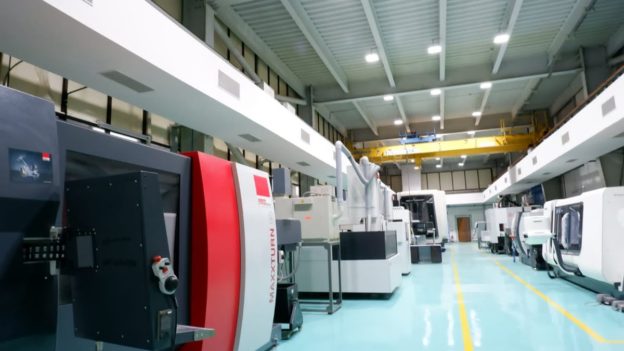Hindustan Aeronautics (HAL) has entered into manufacture of Cryogenic Engines. Which will help in boosting India’s space exploration programmes as it will not be dependent on foreign companies for this critical technology.
As Space exploration is mostly dependent upon cryogenic technology, the Aerospace Division of state owned Hindustan Aeronautics (HAL) has entered into manufacture of Cryogenic Engines. This will help in boosting India’s space exploration programmes as it will not be dependent on foreign companies for this critical technology. This is a major step in technology up-gradation cum modernization of the division
In her first official visit to any state, on Tuesday (September 27, 2022) the President of India Droupadi Murmu will inaugurate ‘Integrated Cryogenic Engines Manufacturing Facility’ (ICMF) in Bengaluru. The 4500 sq meter facility is expected to cater to the entire cryogenic rocket engine manufacturing requirements of the Indian Space Research Organisation (ISRO). This facility has been set up with an investment of Rs 208 crores. By March 2023, according to HAL officials, the module engines will be realised.
According to officials, this division is already in manufacturing liquid propellant tanks and launch vehicle structures of GSLV MK-II, GSLV MK-III, PSLV, and is also into stage integration for GSLV MK-II.
More about the new facility
Under one roof there will be 70 high-tech equipment and testing apparatus. These will be used for manufacturing CE20 Cryogenic Engines and also SE2000 Cryogenic engines for Indian rockets.
While the SCE-2000 semi-cryogenic engine is meant to be used in the SC-120 rocket stage which is in the process of being developed, the CE20 engines are meant for the final stage of the GSLV Mk3 rocket.

More about Cryogenic Engines
Only a few countries including Russia, the US, France, Japan and China have already mastered Cryogenic Technology. Cryogenic engines are used in space launch vehicles globally.
Also Read: To infinity and beyond: Indian space startups lift off in style
Such an engine uses a cryogenic fuel or oxidizer (or both) liquefied. This, according to HAL officials, is stored at very low temperatures. And this is already being used by ISRO for its heavy light rockets. According to HAL these Cryogenic engines use liquid oxygen (stored at -183deg Centigrade) as an oxidizer. Liquid hydrogen (stored at -253 deg Centigrade) is used as fuel.
Background
India’s indigenously developed and designed High thrust Cryogenic Rocket Engine which can generate a nominal thrust of 19 tonnes in 2015. At ISRO’s Propulsion Complex in Mahendragiri this was successfully endurance tested for duration of 800 seconds back in 2015 and this is being used for powering the Cryogenic stage (C25) which is the upper stage of GSLV MK-III launch vehicle. This launch vehicle has the capability of launching four tonne class satellites.
https://www.financialexpress.com/defence/hal-all-set-to-boost-cryogenic-engine-production-to-further-indias-space-exploration-programmes/2691741/





